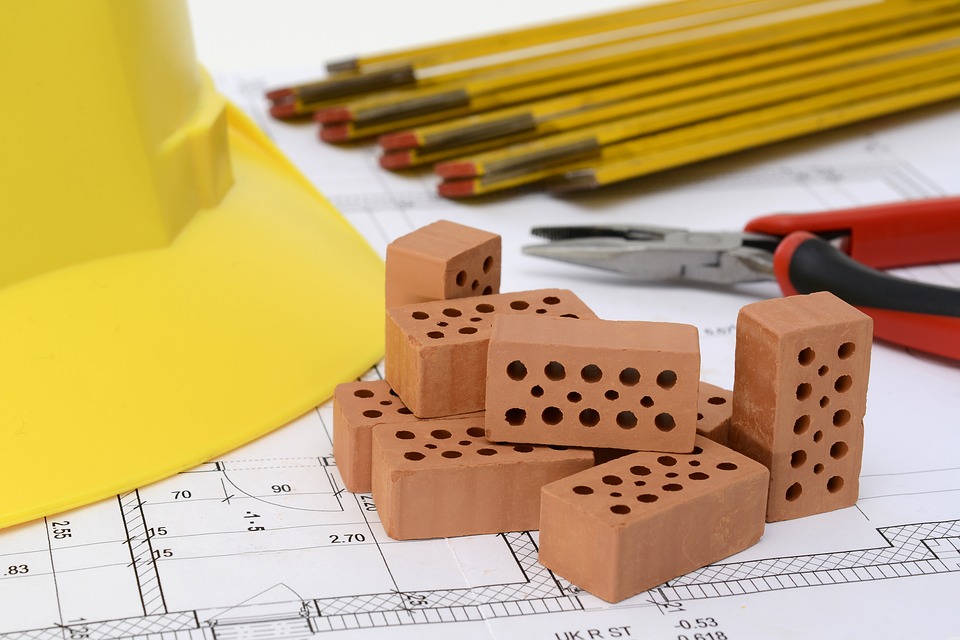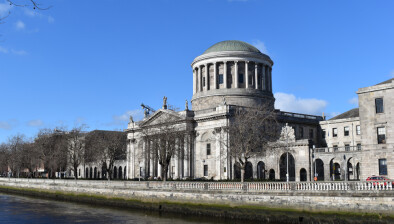New regulations require changing places toilets in certain buildings

New planning regulations requiring a changing places toilet to be included in certain buildings have come into effect.
A changing places toilet offers larger supported facilities that address the needs of people for whom current accessible sanitary accommodation is inadequate.
There are estimated to be currently only 19 changing places toilets in Ireland. The revised Part M Building Regulation is intended to provide as many as 80 changing places toilets nationwide each year.
Peter Burke, minister of state for local government and planning, said: “These revised regulations will greatly enhance the lives of many people with a disability.
“Changing places toilets are needed to allow equal access to social activity and trips away from home for all citizens, and allow people with disabilities enjoy life in ways that I know many of us take for granted.
“I am delighted to be signing these regulation, making this requirement a reality, and supporting the government’s commitment on advancing the rights and inclusion of people with disabilities.”
Anne Rabbitte, minister of state with responsibility for disabilities, said: “I very much welcome these new regulations, which will enable people with complex care needs to take part in everyday activities such as travel, shopping, family days out or attending a sporting event.
“People will be able to plan activities with confidence around where such facilities are located and when they are open. Ultimately, it’s another step towards a more open, inclusive society and one which we see more basic barriers broken down.”
She added: “The National Disability Authority are due to commence work on the development of Universal Design Guidelines for Changing Places Toilets.
“These guidelines will support the provisions of the Building Regulations and will provide additional guidance on good practice, management and maintenance issues which are outside the scope of the building regulations.”








